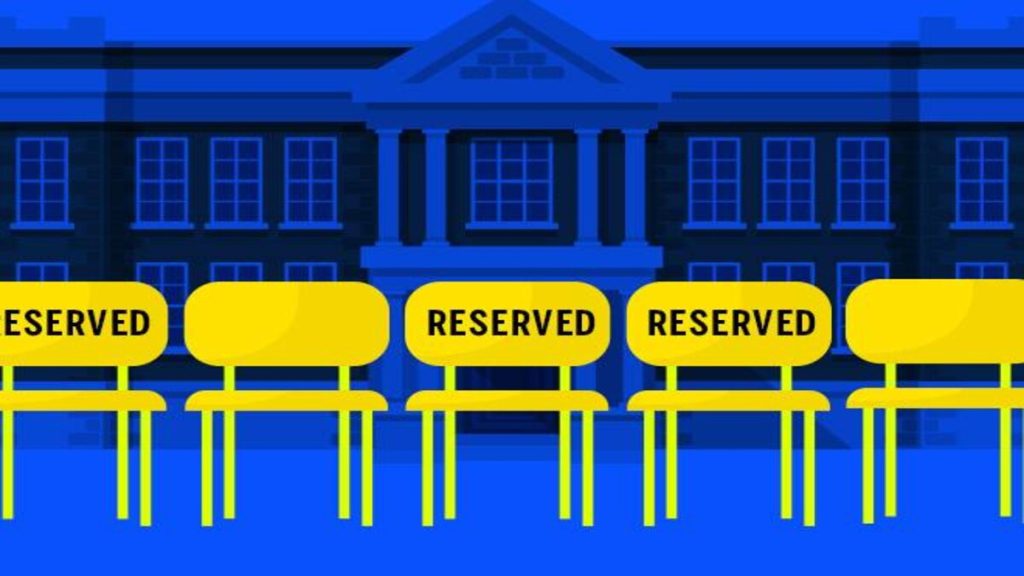On Friday, the BJP government in Karnataka made significant changes to the state’s reservation policy, altering its contours for the first time since 1994. Two politically influential populations, the Vokkaligas and Lingayats, had their sub-quotas increased by two percentage points each. Muslims were thus eliminated from the OBC category. With a two-point rise to 17%, the scheduled caste quota was broken into four more groups. With the EWS quota, the proposed modifications will boost the total reservation to 66%.

Legally, it is not yet complete. Chief Minister Bommai of Karnataka has announced that the administration will urge that the Indian government place the state’s reservation policy under the Constitution’s ninth schedule. These changes occur shortly prior to the upcoming assembly election.
Seeing what is occurring in neighboring states such as Tamil Nadu and Maharashtra may teach you a great deal about what is occurring in Karnataka and where it could lead. The AIADMK government carved out a sub-quota of 10.5% for Vanniyakula Kshatriyas under the MBC quota of 20% on the eve of the 2021 TN assembly elections. A year later, the Supreme Court invalidated it for lack of substance.

Separately, in 2021, a constitutional bench rejected a second quota for the politically dominant Marathas, citing the violation of the 50% quota ceiling without a legitimate reason to exceed it. The Maharashtra state government supported the quota by noting the plight of rural citizens. This is the core of the issue. Reservations are criticized for policies that have failed to provide sufficient employment opportunities for India’s excess rural labor force. Government employment records in India expose the truth. Some of India’s workforce returned to farming between the last pre-pandemic year (2018–19) and the next year (2019–20) and (2021–22).
From 2018-19 to 2021-22, the percentage of the labor force employed in agriculture will increase by 3.5 percentage points, reaching 45.5%. Moreover, in 2021-22, 55.8% of the labor force was self-employed, which is where the majority of new employment were located. Hence, state governments have increased, sliced, and diced quotas. The situation is complex, but their solution is wrong. Adopting maximalist ideas on reserves, which have devolved into a zero-sum game, would deepen social dissatisfaction.

